Time, an element that shapes landscapes and the relationship between Man and the World, will serve as a compass for another weekend of the Terras sem Sombra Festival, in partnership with the Municipality of Montemor-o-Novo, at a culminating moment of its 18th season.
The time of geological scale that forged the contours of Serra de Monfurado, that other that determines the multi-millenary human presence in the vestiges found in the Escoural Cave, and the course of nine centuries of history of European polyphony, set the tone for the activities, of access free of charge (upon prior registration*), taking place in the municipality of Montemor-o-Novo, on the 17th and 18th of September.
Two days of Music, Cultural Heritage and Biodiversity that have a major moment in the church of the convent of São Domingos (17 September, 21:30), a landmark monument of Alentejo architecture, covered in XNUMXth century tiles, rare on the European continent and consisting of by eight side chapels.
This church, restored by the Grupo dos Amigos de Montemor-o-Novo, owner of the convent, offers an exceptional stage for the concert “Europa Plural: Nine Centuries of Polyphony in the Old Continent”, by the vocal group You Caelestes and the baroque music ensemble The Tagus Musicians, conducted by the respective principal conductors, Sérgio Fontão and Marcos de Magalhães, along with the collaboration of cellist Pedro Massarrão and harpsichordist Marta Araújo.
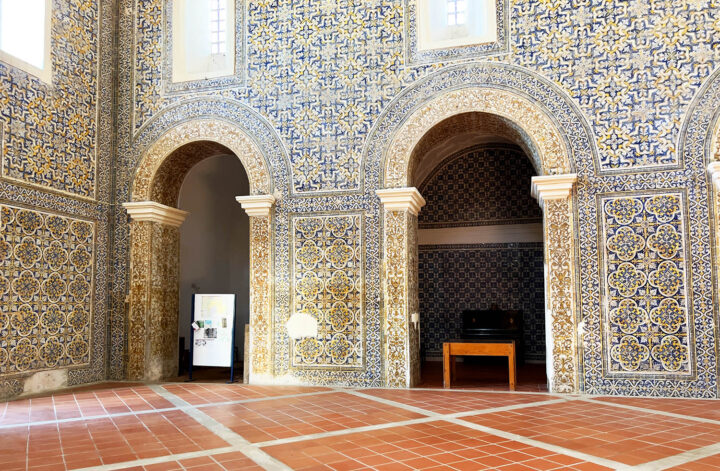
The program, designed for the Terras sem Sombra Festival, includes pieces by Pérotin, Vicente Lusitano, Bach, Schubert and Webern, allowing for a memorable night of great music. The concert has free access.
With musical direction by Sérgio Fontão, You Caelestes is a vocal group of variable constitution that occupies a prominent place in the universe of Portuguese music, combining the vast experience of its singers with versatility in the interpretation of an extensive repertoire. Alongside the commitment to publicizing and attracting new audiences to early music, it devotes special attention to contemporary creation.
Founded in 2005 and directed by Marcos Magalhães and Marta Araújo, the group The Tagus Musicians has developed a remarkable path in the European scene of early music.
His work is guided by two complementary axes: to make known unpublished or inaccessible works of the Portuguese musical heritage; and develop innovative and transdisciplinary projects, with current artists, creatively reflecting on music and its role in today's society.
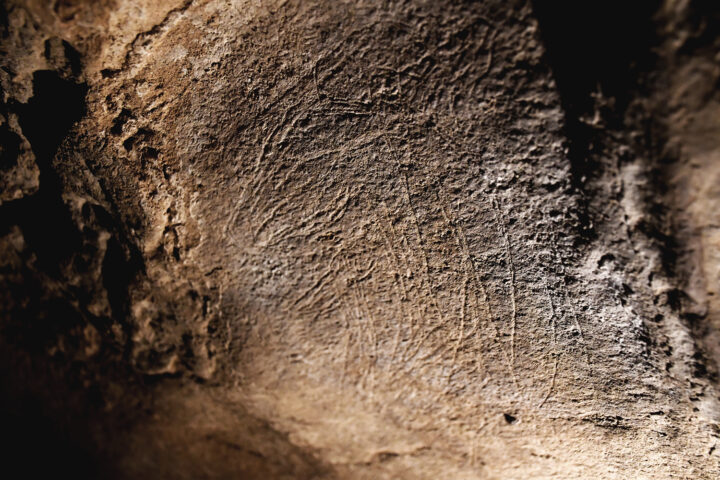
Times of History and Geology: Santiago do Escoural and the Serra de Monfurado
Before the concert, on Saturday afternoon (17 pm), it hosts a visit to a treasure of the national cultural heritage, in Santiago do Escoural.
The visit “From the Paleolithic to the Chalcolithic: The Cave and Fortified Village of Escoural” promises to take participants back to an ancient time. In the territory, the landscape was then another, with denser forest, an indispensable resource for those who took shelter there.
The Escoural Cave, made up of multiple galleries where you can see cave paintings and engravings, was discovered in 1963, which made it possible, for the first time in Portugal, to identify traces of Paleolithic rock art.
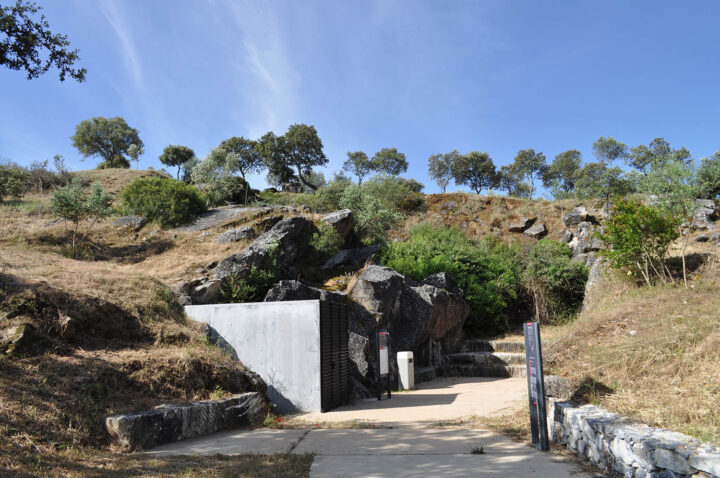
In this place and in its vicinity, evidence of ancient populations that inhabited there, since about 50.000 years ago, were identified. It is the motto for a visit covered in particular heritage interest, which has as its meeting point the Escoural Cave and extends to its surroundings, under the guidance of archaeologists António Carlos Silva, Carlos Carpetudo and Rui Mataloto.
Visits to Gruta do Escoural require prior registration at the Montemor-o-Novo Tourist Office: Largo Calouste Gulbenkian, 7050-192 Montemor-o-Novo, by phone 266898103, or by email to [email protected]

From a time of human scale to a time of geological dimension, the morning of Sunday, September 18 (09:30 am), is entitled “Paraísoproximo: A Serra de Monfurado”.
After meeting at Cineteatro Curvo Semedo, in Montemor-o-Novo, the visit continues towards the Serra de Monfurado, a mountainous profile with more than 20 kilometers in length, which separates the river basins of the Tagus and Sado, boasting a maximum altitude of 441 meters. at the peak of São Sebastião.
In addition to the relevant interest of its fauna and flora, object of classification by the European Union, the territory was the stage, at the end of the XNUMXth century and in the beginning of the XNUMXth century, of mining, which left, as traces, "cuts" in the open. .
The ruins of the monastery of Nossa Senhora do Castelo das Covas de Monfurado are still visible in the area. Participants in the activity are invited to travel some of the mountain paths, accompanied by two experts, Ana Fonseca, PhD in Interdisciplinary Landscape Management, and José Mira Potes, professor at the Escola Superior Agrária de Santarém.
In this 18th edition, the Festival Terras sem Sombra will conclude its programming in Sines, on the 22nd and 23rd of October.
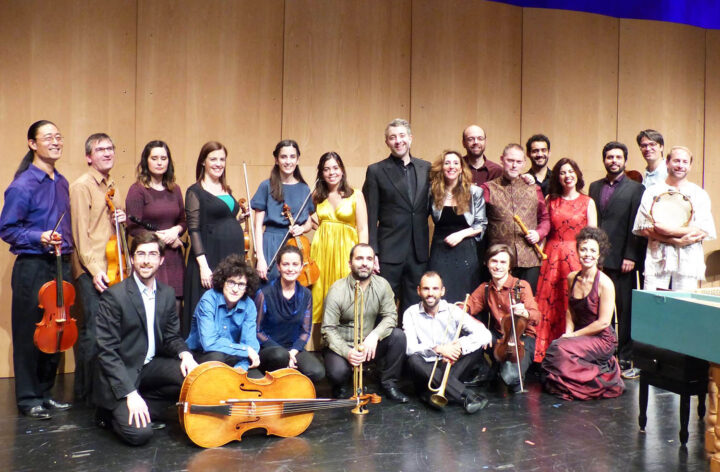
PROGRAM
MUSIC [Montemor-o-Novo, September 17, 21:30 pm]
Location: Church of the Convent of São Domingos
YOU CALLESTES
Musical direction Sérgio Fontão
THE MUSICIANS OF THE TEJO
Pedro Massarrão cello
Carnation Marta Araújo
Organ and musical direction Marcos Magalhães
Program – “Plural Europe: Nine Centuries of Polyphony on the Old Continent”
PEROTIN [ca. 1160- ca.1230]
Video run once
VICENTE LUSITANO [1520-1561]
hey dominate me
JOHANN SEBASTIAN BACH [1685-1750]
Lobet den Herrn, alle Heiden, BWV 230 [Praise the Lord, all you nations]
FRANZ SCHUBERT [1797-1828]
Gesänge zur Feier des heiligen Opfers der Messe (Deutsche Messe), D.872
[Songs for the Celebration of the Holy Sacrifice of the Mass (German Mass)]
1. Zum Eingang
2. Zum Gloria
3. Zum Evangelium und Credo
4. Zum Offertorium
5. Zum Sanctus
6. Nach der Wandlung
7. Zum Agnus Dei
8. Schlussgesang
9. Anhang: Das Gebet des Herrn
ANTON WEBERN [1883-1945]
Entflieht auf leichten Kähnen, op. two [Escape in Light Vessels]
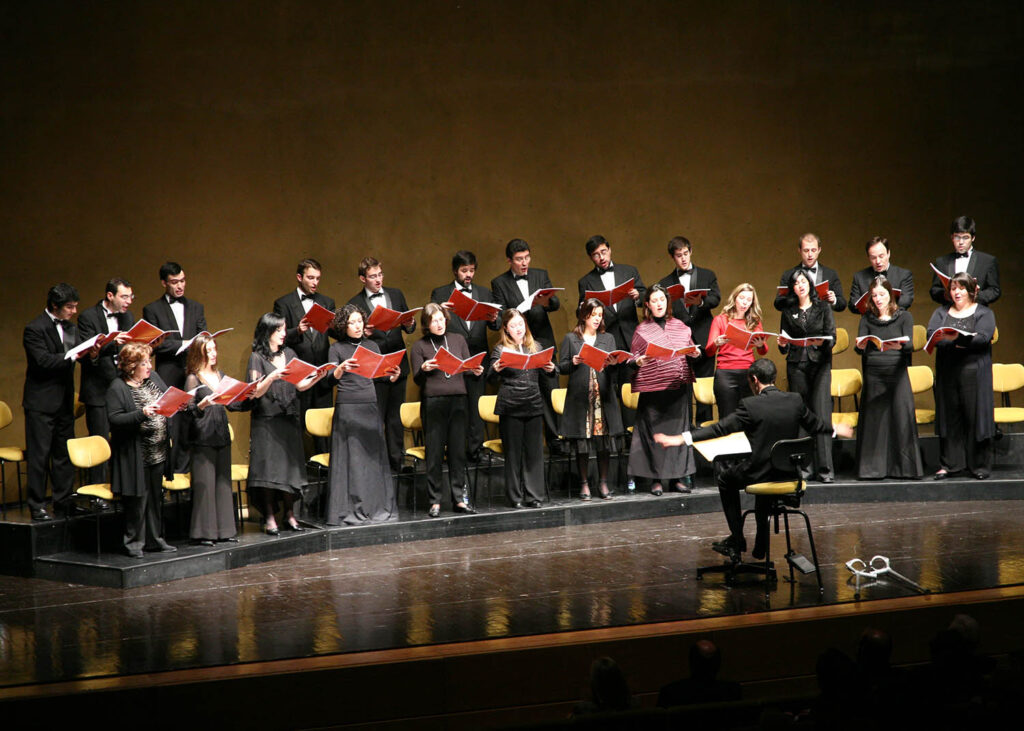



















Comments